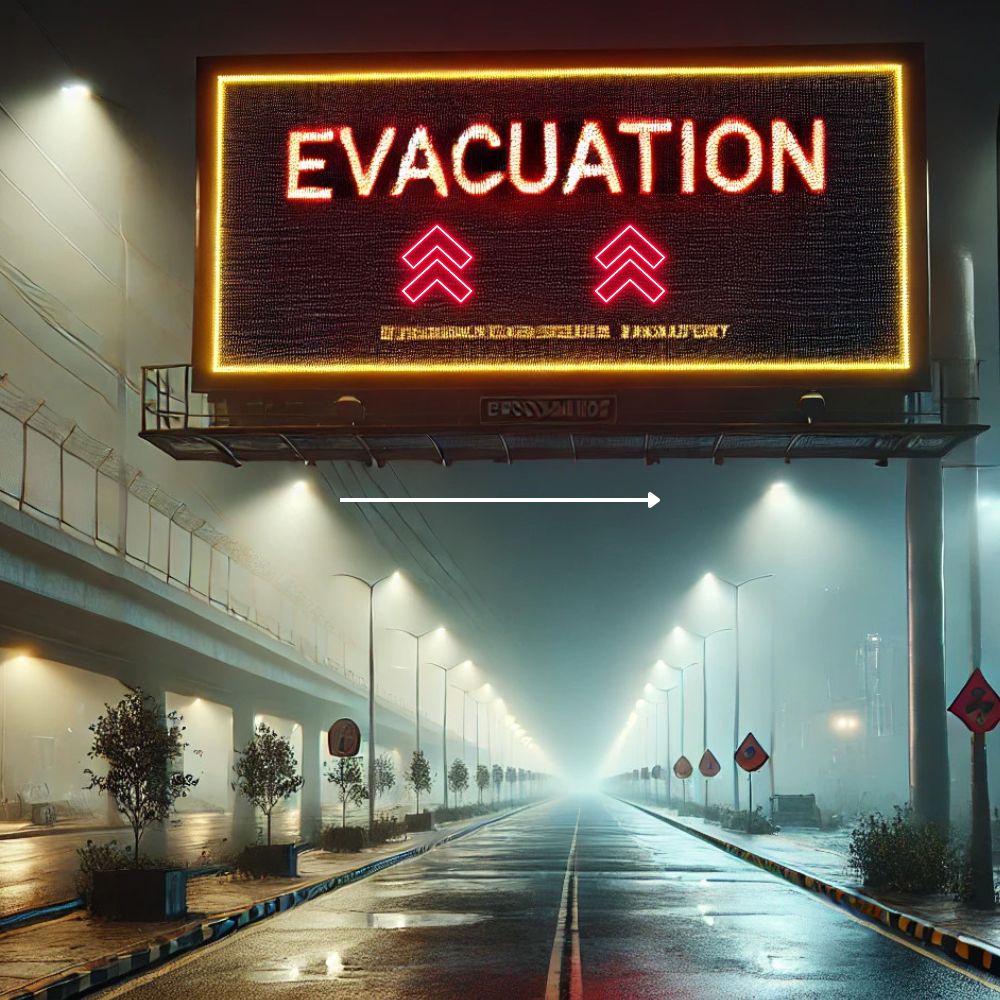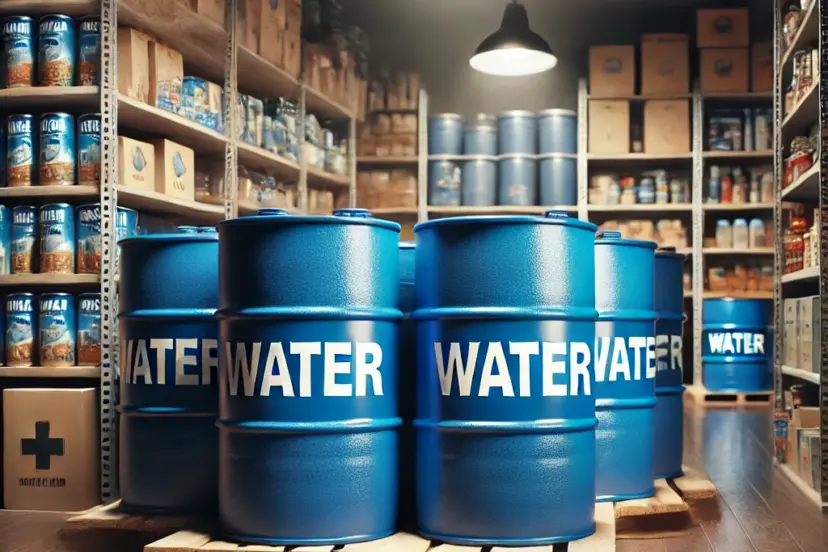Water Storage Ideas for Disaster and Emergency Preparedness
*We may earn a commission for purchases made using our links. Please see our disclosure to learn more.
One of the most challenging topics in disaster and emergency preparedness is water storage. When I first started in disaster preparedness, the guidance was to have a gallon of water per person per day. With larger disasters, such as Hurricane Helene, that guidance has changed to “several days”. In my opinion, this is a clear declaration that there is no guarantee help can get there within 3 days.
I mentioned in the article on the Disaster Preparedness Checklist that water storage poses a problem for many people, including my grandparents. They are in their 90s and my Grandma has dementia as well as several other medical issues. Neither of them is capable of carrying several gallons of water each. They are not alone in this challenge. Many people struggle or will struggle to carry enough water for their families and get everything else taken care of.
Should We Stay Or Should We Go – Water Storage Needs Vary

When we explore water storage, there are two general dynamics to consider.
First – we need water we can take with us in an emergency or disaster. Sometimes this is called a “Go Bag” or a “Bug Out Kit” because you need to grab it and go (or bug out). Water storage needs to be appropriate for travel and potentially harsh conditions. That’s why I’m not a fan of commercial water bottles. Even the gallon size has had reductions in stability and durability.
Second – we need to plan for water storage if we need to shelter-in-place. This just means we can’t leave the house. In this scenario, we may have access to running water that is contaminated OR we do not have access to water because it’s shut off for some reason. If we can access running water, we can use water purification or water filtration methods. Otherwise, we need to have water storage.



